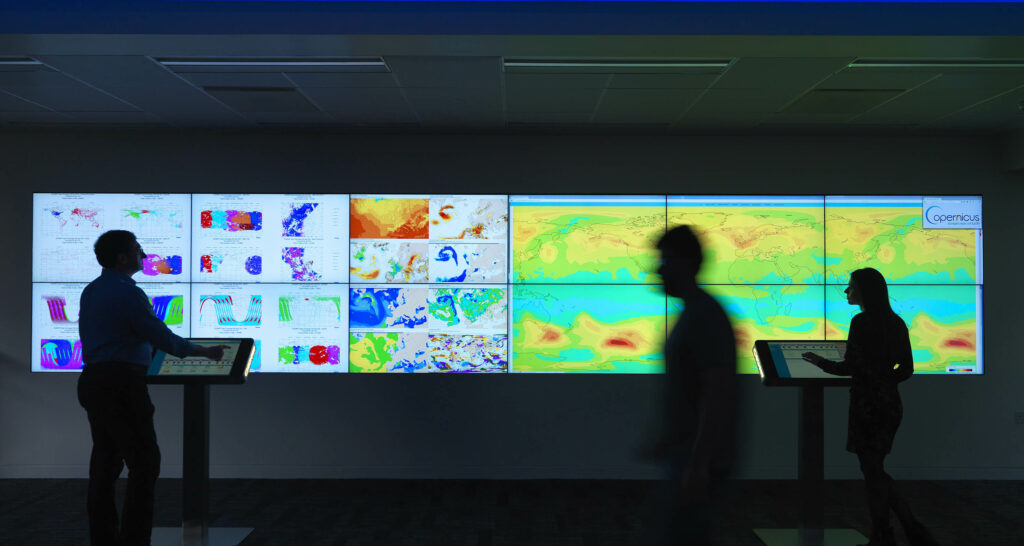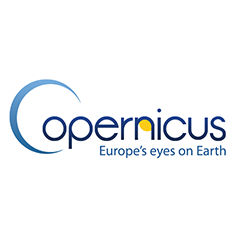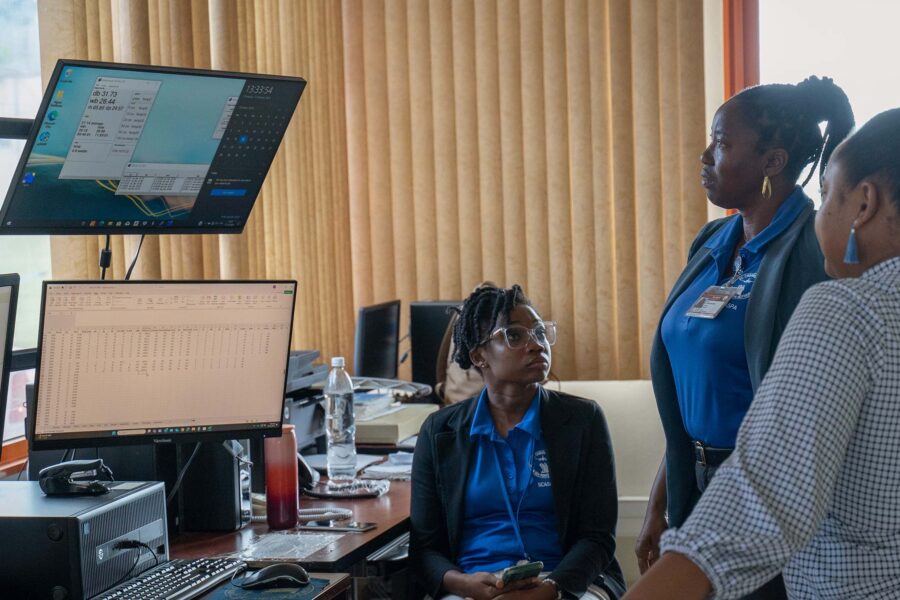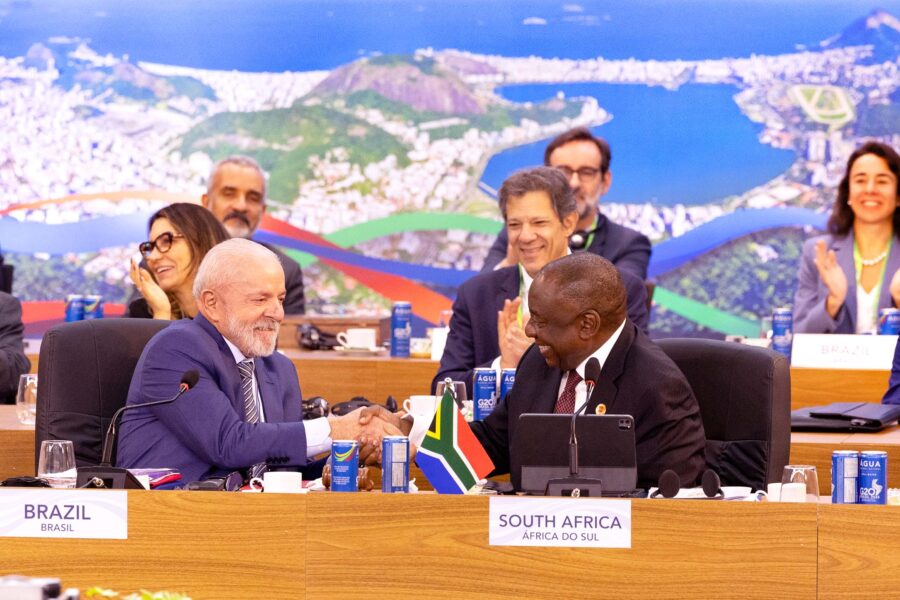Reliable climate monitoring is essential for SDG success
COP26 will inspire new efforts to reach the ambitious SDG targets by 2030. Earth observation data from Copernicus will help us achieve these goals
Climate — Global

With renewed efforts from governments and society striving to accelerate progress towards the Sustainable Development Goals (SDGs), reliable climate monitoring is essential.
The Copernicus Climate Change Service (C3S) is part of the EU’s flagship Earth monitoring program and it is implemented by the European Centre for Medium-Range Weather Forecasts (ECMWF). Using a network of satellites, in situ sensors around the planet, and state-of-the-art modeling systems, it provides governments, businesses, and society with data, innovative tools, and services to help make sense of the changing climate.
Dr Samantha Burgess, Deputy Director of the Copernicus Climate Change Service at ECMWF, explains more about their work and how it can support climate initiatives around the world:
Each year, new records are broken regarding the global climate, and the devastating impacts are evident in the heatwaves, wildfires, and flooding seen increasingly around the world. From your vantage point at the Copernicus Climate Change Service, what does the future hold if we continue along the current trajectory?
We can say without doubt that the atmosphere is warmer and wetter than it otherwise would have been without human-driven climate change. The effects of greenhouse gases and other emissions from industry, transport, and development are painfully clear. That said, it is important to remember the distinction between weather and climate. Weather – extreme or otherwise – is what we experience on a daily, weekly, and seasonal basis; climate is the average of that weather in a particular location. So, although these devastating impacts are due to weather events, they are becoming more frequent and more intense over time, and monitoring these changes is an essential activity within C3S.
Another point to bear in mind is the difference between climate change and climate variability: the Arctic has extremely high variability in both time and space, yet is still warming at more than twice the rate of the global average.
C3S contributed data to the latest IPCC assessment report published in August, which highlighted that the risk of climate change impacts grow in proportion to the level of global warming. This includes the frequency and intensity of extreme weather events like marine heatwaves, heavy precipitation, droughts, and cyclones. It also means further reductions in Arctic sea ice, permafrost, and snow cover, which all contribute further to overall climate change. Until we reach net-zero emissions, expect more temperature, extreme rainfall, and drought records to be broken.
With all that in mind, what do you think or hope can be achieved at COP26?
We are now almost two years into the UN’s Decade of Action, and COP26 will give a fresh impetus for the world to come together to reach our climate targets. Many governments have expressed strong interest in global coordination to commit to a joint net-zero pathway. The scientific evidence in the last IPCC assessment couldn’t be clearer.
COP26 is an important opportunity to turn these international pledges into genuine climate action and try to bring about some meaningful change before the next IPCC report. C3S has an important role by providing free, accurate, and reliable climate monitoring data to support national action and track progress.
The UN set ambitious targets with the SDGs. How can Copernicus help achieve them?
Ultimately, the SDG targets are much harder to achieve in the face of the societal, economic, and environmental risks associated with climate change. Earth observation data, products, monitoring, tools, and services provided by the European Commission’s Copernicus services on how the atmosphere, land, ocean, and climate are changing are essential.
This data can be used to inform business and policy decisions on understanding current climate risk and how to mitigate and adapt to future climate risk. Aside from direct climate monitoring, our data is used to create new tools which help drive real progress toward the SDGs, whether at a local or national level. We already work with individuals and organizations across a wide range of sectors who make use of these resources. This is really inspiring, and we welcome new collaborators to get in touch.
All Copernicus data is free and open access and is available through cloud resources like the Climate Data Store, hosted by ECMWF. Copernicus services like C3S are heavily influenced by the requirements of our users, whether they come from scientific research, the private sector, or are drafting future policy at local, regional, or international scales.
Our data and services are built upon the best available science and technology and we work closely with both international and national meteorological and hydrological agencies such as the World Meteorological Organization.
The clear consensus is that we need to cut our CO2 emissions drastically and quickly. What role can Copernicus play here?
The Copernicus program is heading into an exciting next phase, as new satellites, science, and other technologies will give us more data and increase our understanding and monitoring of the climate system even further.
One new component being developed by ECMWF, the Copernicus Atmosphere Monitoring Service (CAMS) and many partners, will include monitoring and verification of anthropogenic – human-made – CO2 emissions. Our analysis of these measurements will support future “global stock-takes,” helping countries to track progress against their emission- reduction goals, as outlined in the 2015 Paris Agreement.
Attendees at COP26 won’t need convincing about the importance of bringing down emissions. How can the work of Copernicus help convince those who don’t believe that the risks of climate change outweigh the costs of action?
The extreme weather events we’ve observed over the last few months highlight the very high costs of climate change to infrastructure and society. And you only need to read reports such as the UN’s “WMO Atlas of Mortality and Economic Losses from Weather, Climate and Water Extremes,” to understand the losses we’ve already experienced over recent decades – both human and financial.
With further climate change, the risks and costs only increase. Financial, legal, and energy companies are also realizing that ignoring climate change is a bad investment, and we’re seeing some promising changes across society.
At Copernicus, we analyze and report on the climate, with summaries every month, using the best science and some of the most powerful supercomputers in the world. What we do is free and open, fully traceable, and our data is similar to that used by the IPCC for their assessments.
About Copernicus

Copernicus is a component of the European Union’s space programme, with funding by the EU, and is its flagship Earth observation programme, which operates through six thematic services: Atmosphere, Marine, Land, Climate Change, Security and Emergency. It delivers freely accessible operational data and services providing users with reliable and up-to-date information related to our planet and its environment.
The programme is coordinated and managed by the European Commission and implemented in partnership with the Member States, the European Space Agency (ESA), the European Organisation for the Exploitation of Meteorological Satellites (EUMETSAT), the European Centre for Medium-Range Weather Forecasts (ECMWF), EU Agencies and Mercator Océan, amongst others.
Find out more





